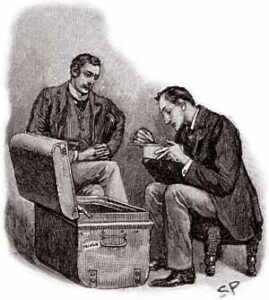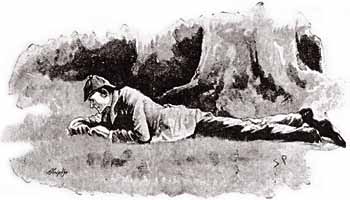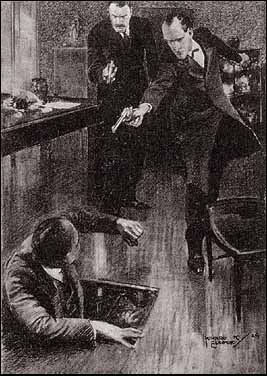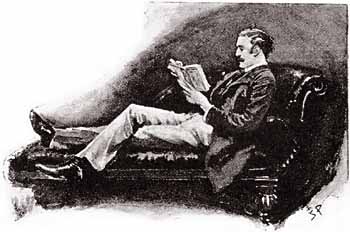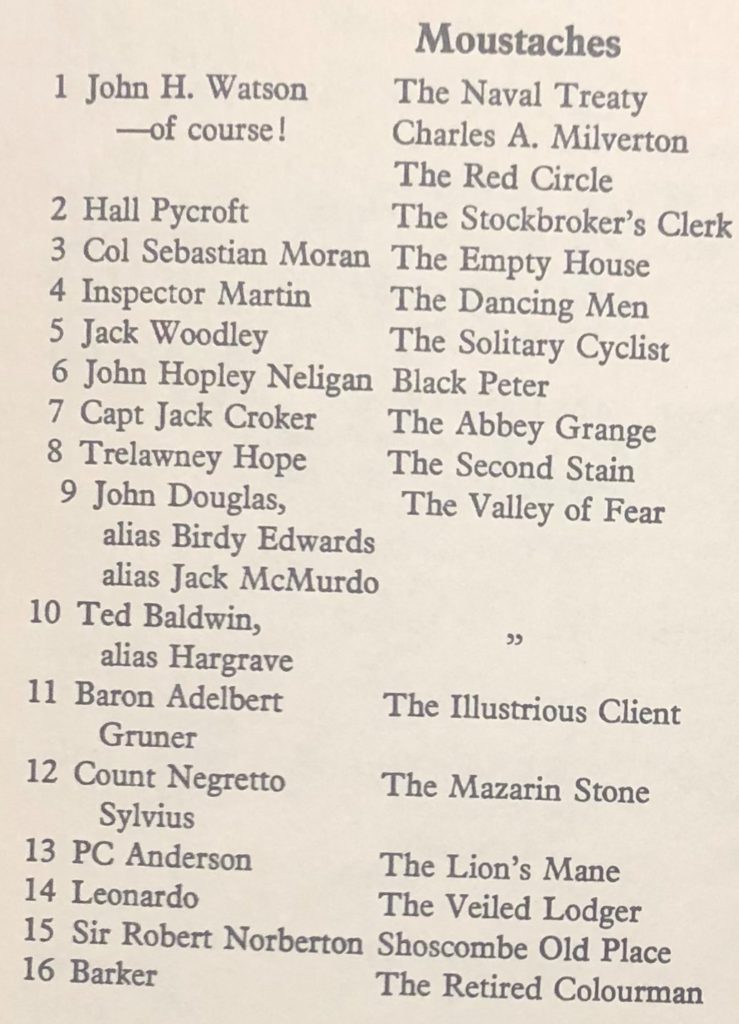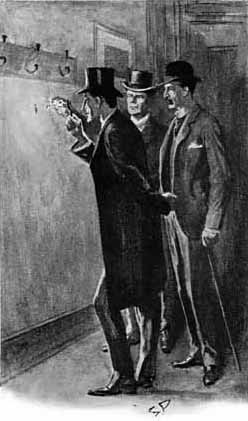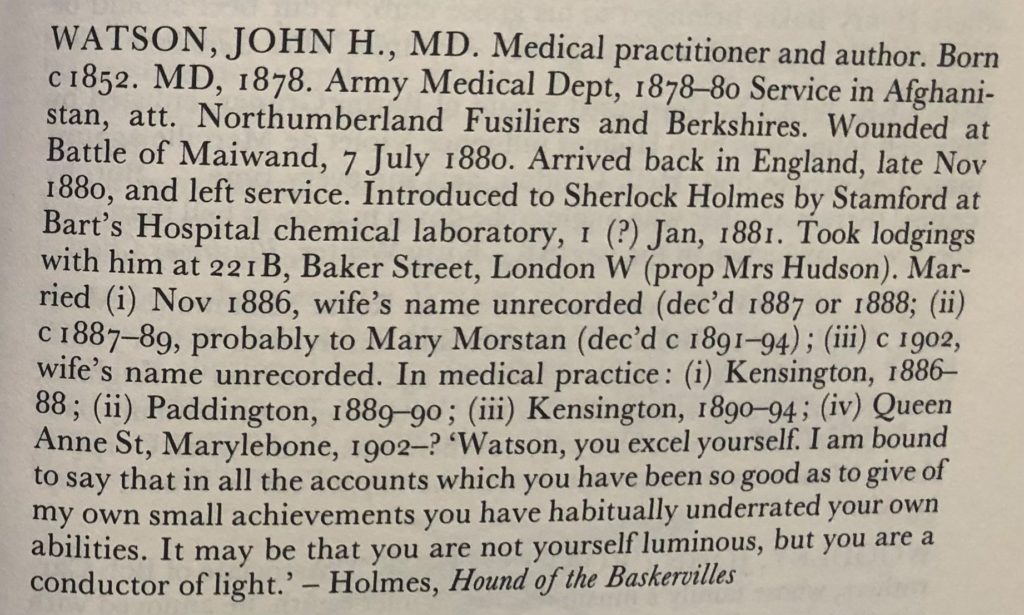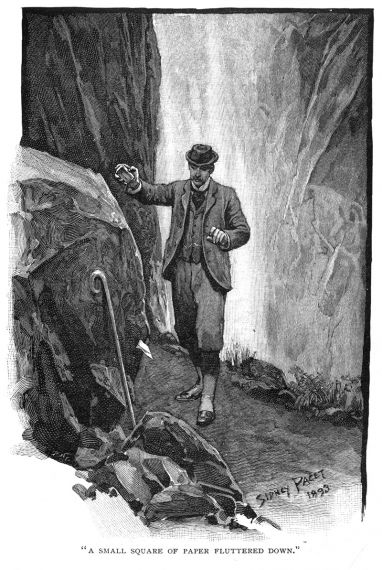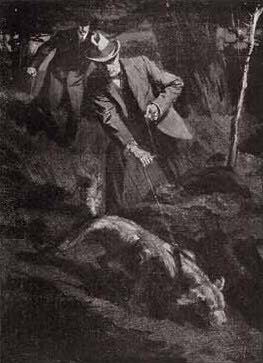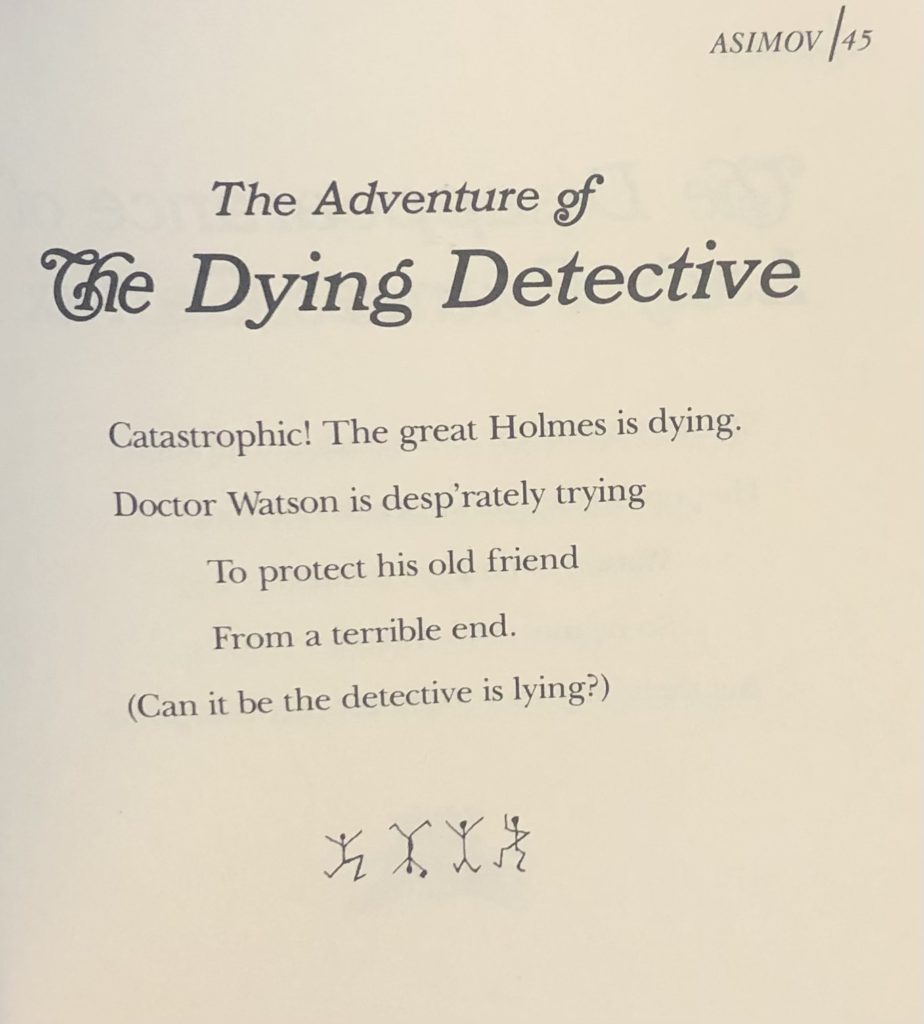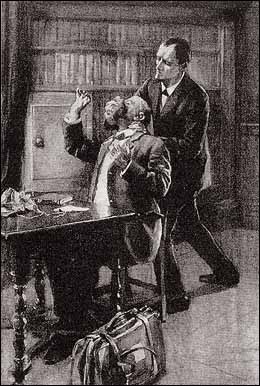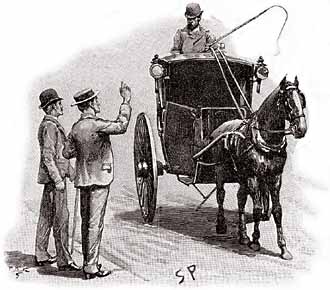Attenta! Attenta! The results have arrived from our esteemed Treasure Hunt Master, Rich Krisciunas (Hector):
“The 2022 John H. Watson Society Treasure Hunt is now over with a record 27 participants trying to solve a contest that was described as “a death quiz,” “diabolical” and “fun, fun, fun.”
The quiz had 72 questions based on our heroes in the Canon, some really horrible puns and a killer cipher. The fun thing was to review all of your answers and award points when deserved. My final answer sheet grew by an additional two pages. One of my questions had an extra four possible correct answers that I hadn’t thought of. Hats off to all of you for being so clever and knowledgeable about our hobby.
The individual champion was Steve Mason (Tex) of the Crew of the Barque Lone Star and the head of the Legion of Zoom who scored 182 of out a possible 200 points. Mason edged out sixty five time champion Michael Ellis (Lobo) who scored 177 points. The difference turned out to be that darn cipher as Mason correctly solved the phrase, “Good old Watson. You are the one fixed point in a changing age.” Our society is named after Watson so that was the first clue. The dreaded cipher used the first letter only in four letter words. Puzzlers who wondered about why words like “xray” and “iced” coffee appeared in the message figured out the solution.
Paul Thomas Miller (Buck), sole member of The Shingle of Southsea, finished in third place with 173 points ahead of Todd Winegar 159, Enrico Solito (Devon) 155, Paul Hartnet (Scout) 140. Tom Campbell, of Cape Fear, North Carolina, Caitlyn Maughan and Ellie Lo rounded out the group.
The toughest competition in Treasure Hunt history took place in the team category as two teams tied for first place with 190 points and the champion was decided by date of entry. “The Sound of the Baskervilles”; Cameron Brandon, Margie Deck (Mopsy), Sunny Even, Nancy Holder (Diana) and Naching Kassa submitted their entry on August 12 and ended up edging the “Ineffable Twaddles”; Beth Gallego (Selena Buttons), Sandra Little (Harmless), Brad Keefauver (Calder), Crystal Noll, Madeline Quinones (Maddy), and Tatiana Sharapa who turned in their answers on August 28.
The all French team, “La Fayette SSHF,” led by captain,Daniel Henocq and his assistants Léandre Helbecque, Nicolas Maurel-Lalague, Florence Turenne and Thierry Saint-Joanis (Tristan) finished in third place with 136 points edging out Ed and Elaine Lintzenich who battled Covid and the cipher to finish fourth.
Thanks to all who participated and I hope the hours you put into the Hunt were enjoyable. Until next year, best wishes to all who play ‘The Game.'”


